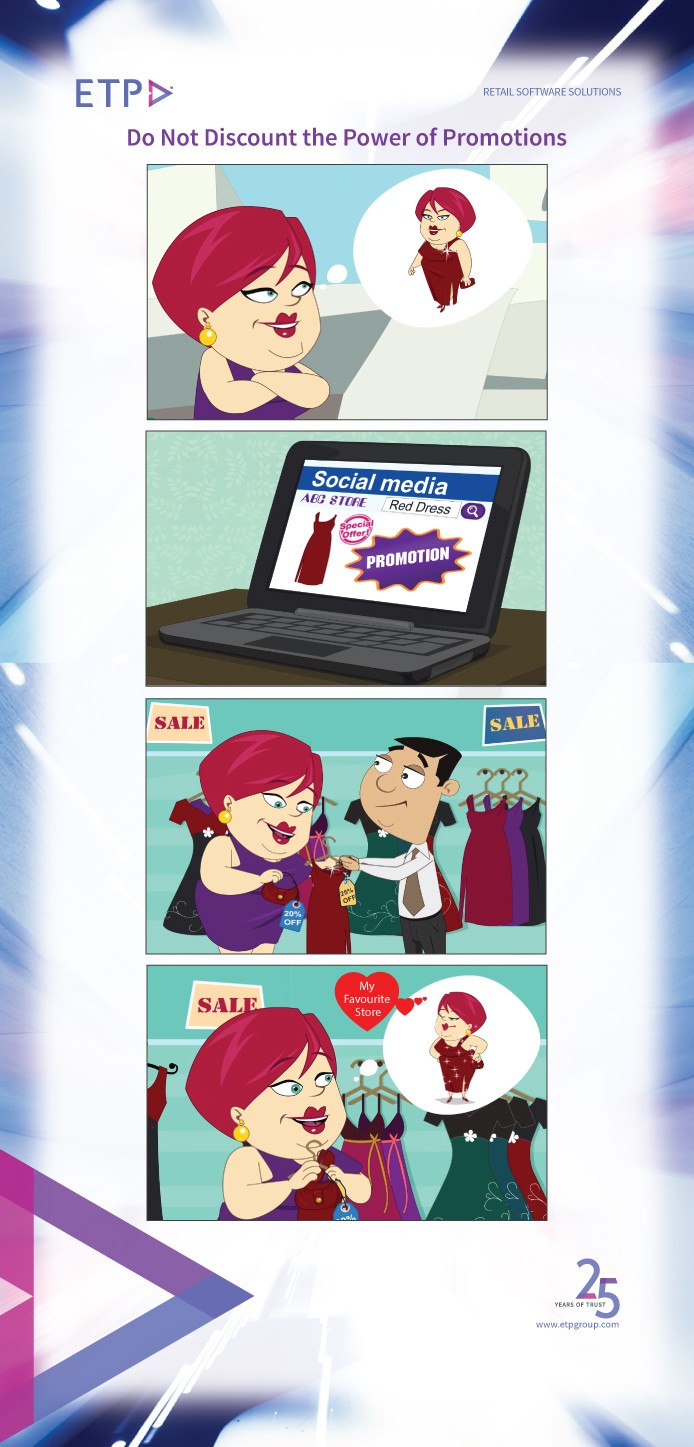Historically, the retail market has often run scarlet with a string of skewed trajectories, to favor either demand or supply. And as with any unsteady, volatile relationship, it has remarkably rebounded from one side to the other, with major economic implications. The most weathered and prominent page from the book of market misadventures would be the period of the Great Depression in U.S.A between 1929 and 1930. An overconfident market outlook without airtight economic policies lead to a swift and sudden stock market crash. The abundance of manufactured goods and materials with little or no demand led to investment prudence born from panic.
This led to the makings of the very first economic bubble the country had ever experienced. The market crash exposed its anemic financial composition and ensured that the public’s investments were washed-out by the federal banks.
The universal and most basic theories of demand is what determined World War II playing a crucial role in U.S.A’s recovery. The ongoing war and its increasing scale induced a large amount of government expenditure being routed in manufacturing of military weapons and technology. It also helped mobilize manpower, creating more jobs and rekindling the economy. Before the American entry in the war, its market once again stabilized with defense spending and military deployment, satisfying global demand and thus obliterating the last traces of the Depression. The U.S. went on to experience the greatest industrial and economic boom till date, growing by 37% in 1950s.
The above example represents the purpose and tumultuous two-sided effects of the proverbial coin. In this case, the coin would be the retail market and its consumers, the two sides are demand and supply. It teaches us the perils of flying blind without understanding the consumer motivation to satisfy his need and desire. On the other hand, it reminds us that strategically developing supply channels can swiftly turn the tide in your favor, leaving competition panting leagues behind you.
The deep penetrative expansion of the global market, producing varied product / service options from different geographies, has rendered today’s retail business to be more customer-centric. For retailers, the necessity to adopt and apply technology has magnified multi-fold. It arms them with the right Business Intelligence (BI) to easily capture and read complex customer data. This information is further broken down and analyzed to asses various customer behavioral, conditional and economical patterns and potential.

It helps them determine accurately the DEMAND:
- What are his customers buying?
- When and how much are they buying?
- Why are they buying and for whom?
- What are they buying from competition and why?
- When will they come back to the store and for what?
- What are their product preferences and how receptive they are to product modification?
- What is the present and future wallet size of the customer?
- What are the new customer demographics that can be targeted?
- What promotions strategies and channels work for my business?
Basis the answers derived from the questions above, the retailer can optimize resources and his SUPPLY chain:
- How many product lines will he need to manufacture/source in the upcoming season/cycle?
- Which are the best vendors for particular materials or project?
- What should be his pricing strategy and how best should he plan the mark-downs?
- How much is the old stock and how soon can it be processed or sold?
- How much is the dead stock and how best to utilize it?
- Which are the fast moving locations and how many distributors will suffice?
- When, how, where to restock at store, warehouse level?
Retailers can themselves or through expert buying teams amalgamate the science of determining economy growth, government policies, sanctions and market growth, risks and recovery methods with the art of understanding customer’s motivation, aspirations, likes, dislikes, future needs and market trends.
Proven to be the catalyst of this process – ETP V5 Retail Software Solutions successfully establish the balance between the demand and supply of a retail business. These can be implemented comprehensively or modularly, in premise or on the cloud, on virtually all platforms. This makes it easier to integrate the right Business Intelligence tools that optimize present and future market conditions, with respect to customers and competition both. ETP V5 Retail Solutions help retailers get it right in retail with stable, scalable innovations that drive operational excellence and increase profitable growth.




